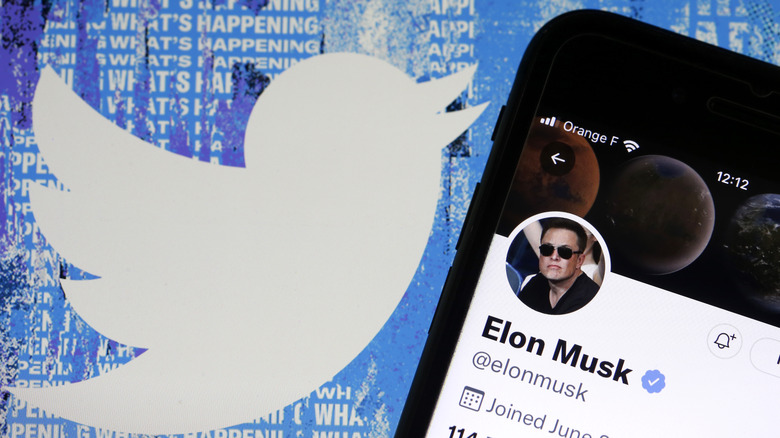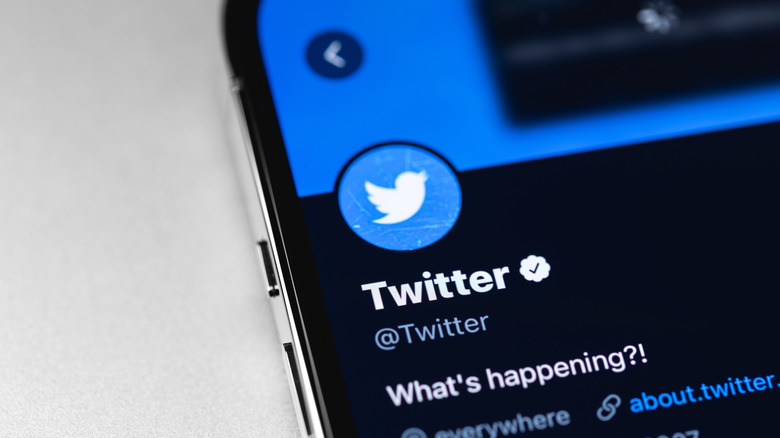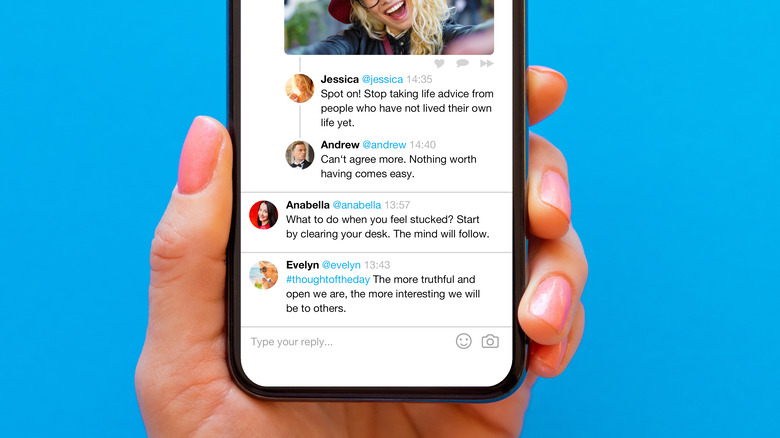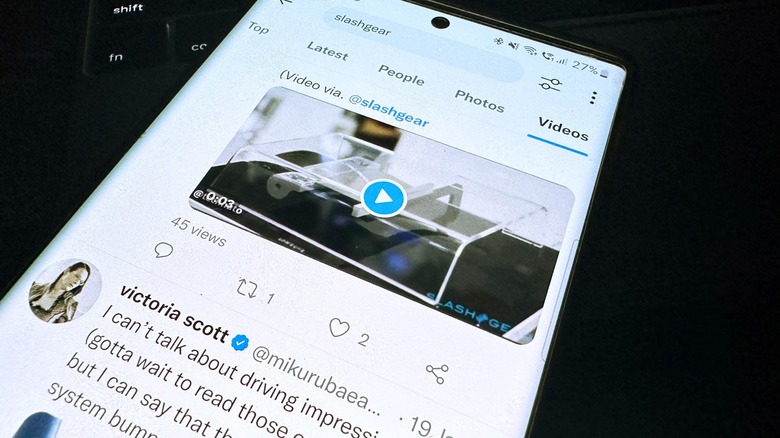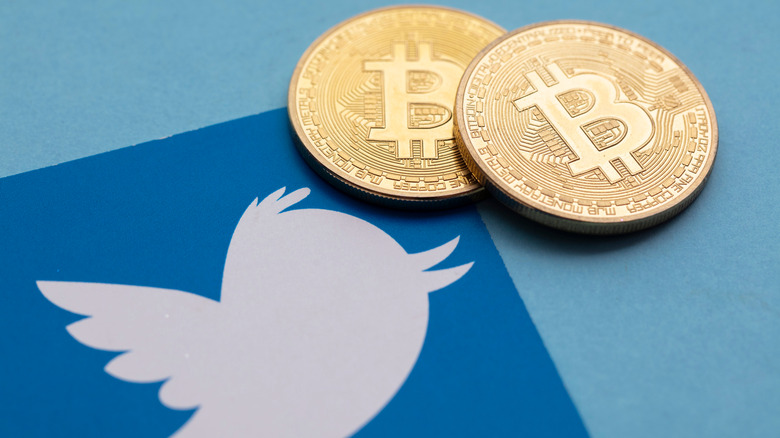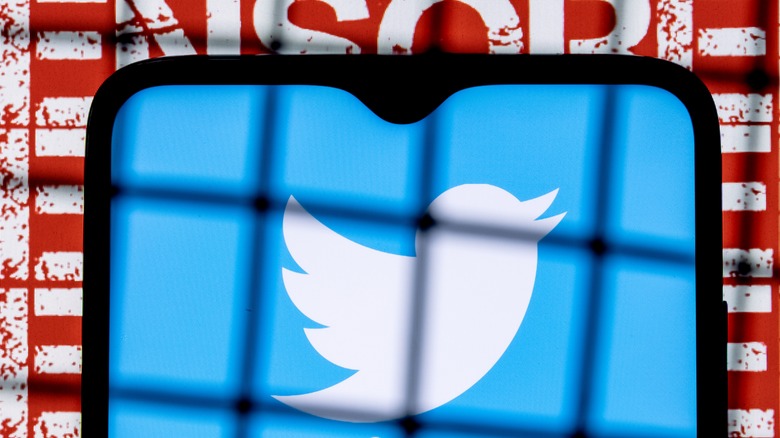5 Ways Elon Musk Could Improve Twitter
Twitter is bracing for significant changes – both as a business and as a social media platform — under Elon Musk's control. Musk cleared out the top executive seats soon after taking command, and according to The New York Times, he also already ordered layoffs at the company. For the social media product itself, Musk has started giving hints about impending changes and new features.
In his original pitch deck to investors back in May, Musk sold the idea of boosting Twitter's revenue 5x by the time 2028's fiscal year arrives. Musk also divulged that he planned to cut dependence on ads for revenue by half, while also aiming to boost the average revenue generated per user by 25% within the next six years.
Musk further talked about a mysterious product called X that would contribute towards the goal of achieving over 100 million paid subscribers. Musk previously discussed plans about creating an everything app called X in the past (via Twitter), but it's unclear if X is the natural evolution of Twitter or an altogether different product with Twitter's social media DNA. Regardless, there are a whole lot of tweaks that Musk has been hinting about for a while.
Putting a price on influence
Twitter is the de-facto public town square of the internet in Musk's own words. To an extent, that is true. Personalities and institutions with influence regularly use Twitter to make vital announcements and disseminate critical information. Twitter manifested that influence in the form of a verification system, which awarded a blue profile check mark to accounts belonging to important people and entities. It served as a tool to help people identify legitimate accounts from fakes, making it easier for users to get information from a reliable source.
Musk is reportedly planning to put a price on that token of trust and influence. Technology journalist Casey Newton writes in the latest edition of his Platformer newsletter that Twitter is planning to charge verified accounts in order to retain that coveted blue checkmark. The report notes that "users would have to subscribe to Twitter Blue at $4.99 a month or lose their badges" — though a subsequent leak claims the rate will actually be a massive $20 per month. The idea is not exactly new, as past rumors have also hinted at internal plans of charging businesses for that verified badge.
In doing so, Twitter apparently wants to turn all verified account holders into paid Twitter Blue subscribers, which offers a few exclusive perks like the ability to edit tweets. Plans to move forward with the project are already underway at Twitter. However, it is unclear when this restriction will be rolled out widely, considering Twitter Blue is still restricted to a handful of markets.
Upping the character limit and open-sourcing the algorithms
One of the defining characteristics of Twitter is the character limit for posts. Of course, Twitter users have been demanding an end to the character limit, but to no avail. It appears that Musk might finally pay heed. The "chief Twit" replied affirmatively to a user's tweet advising the company to "get rid of character limits, or at least greatly expand it." Twitter originally arrived on the social media scene with a limit of 180 characters, which was then expanded to 280 characters back in 2017.
Absolutely
— Elon Musk (@elonmusk) October 30, 2022
One of the biggest trust issues that social media platforms face is courtesy of an opaque algorithm, which means users don't really know why they are seeing what they are seeing, how recommendations are decided, the risks of an inherent bias, and what makes something acceptable to the moderation or recommendation systems. Musk has expressed in the past that the algorithm powering Twitter should be open-sourced to boost trust in the social media platform.
During a TED Talk in April 2022, Musk opined about an open Twitter algorithm and mentioned that "People can look through it and say, 'Oh, I see a problem here, I don't agree with this.'" He added that people should be able to look at it to discover faults and suggest improvements, just the way products like Linux or Signal operate. Musk even conducted a poll asking whether Twitter's algorithm should be open-sourced, and an overwhelming majority voted in favor of it. With Musk posing himself as a champion of free speech and openness, a more transparent — or even fully open-sourced — Twitter algorithm seems possible in the foreseeable future.
Longer videos, at last
Twitter currently has a maximum runtime allowance of 140 seconds for videos, with frame rates capped at 60 fps, and file size limited to 512MB or lower. The maximum resolution allowed is 1280 x 720, and there are limitations on audio bitrate, sound profile complexity, channel separation, and even aspect ratio. Twitter has made some relaxations for images, allowing users to go up to 4K resolution for photos, but videos are still a pain.
Musk might just prove to be the magic potion for video uploads on Twitter. When a user asked if there was a chance that longer videos will be a thing on Twitter, Musk responded with enthusiastic affirmation. The billionaire didn't offer any further information on when this feature can be expected, and what users can expect to change except a longer runtime.
💯
— Elon Musk (@elonmusk) October 30, 2022
The new Twitter chief faces the monumental task of turning Twitter into a cash cow. With the future of social heavily skewed toward video consumption, longer videos just might boost the engagement figures on the platform. Instagram and TikTok have repeatedly increased the maximum length of video uploads, so there's definitely a precedent for Twitter to allow longer uploads. With longer videos, there's also the opportunity to insert ads, especially the interstitial types, which are the bread-and-butter for YouTube video creators. Maybe Musk's appeal can lure more creators to the platform by letting them post longer videos, or he can somehow convince advertisers or influential personalities at trying the formula.
Embracing blockchain and crypto
Musk's dabbling with the crypto lollipop is an open secret, but the billionaire hasn't always been up to crypto shenanigans on Twitter. When Twitter first rolled out the ability to set one's NFT collection as the Twitter profile picture, Musk called it annoying. In a subsequent tweet, Musk added that "Twitter is spending engineering resources on this bs while crypto scammers are throwing a spambot block party in every thread!?" To recall, Musk's account was also once hacked to hawk crypto scams.
However, Musk's crypto loyalties have since shifted. Tesla made sizeable investments worth around $1.5 billion in Bitcoin, but in July, it was reported that the company has offloaded a huge chunk of its Bitcoin holdings as the crypto was in a meltdown state. Just over three months later, we know that Binance — the world's largest crypto exchange — is an equity investor in Musk's Twitter with $500 million at stake.
More importantly, Binance will help set up a team at Twitter that will explore blockchain and cryptocurrency's utility for the social media platform. Twitter already allows tipping via Bitcoin. The platform might just open the doors for more tokens, allow the sale of assets on Twitter, and take a cut out of it, introduce Twitter's own crypto token, put the data on the blockchain, implement a side-chain utility from the algorithm side, or something similar. The possibilities are endless, and it remains to be seen what direction Twitter takes under Musk.
A Twitter experience divided across ratings
Musk, a self-proclaimed free speech absolutist, has longed played the tunes of unrestrained freedom of speech that doesn't discriminate and doesn't believe in permanent bans. But loosening the grip around moderation also means opening the floodgates for evils like harassment, targeted online attacks, abuse, and more. The solution to it might be a timeline filter that works the same way as a PG rating for movies.
The core idea is that users should be able to choose the kind of timeline they want to experience. They could pick a heavily moderated experience free from any form of abuse and explicit content. Alternatively, users could switch to a free-speech-loving mode of Twitter that serves the entire platform — the good, the bad, the ugly — in all of its original glory.
This way, the problem of suppressing free speech is also handled without alienating folks on the right or left side of the ideological spectrum. Musk might charge for offering this experience — a safer, filtered version of Twitter to the user base that seeks to avoid the platform's trademark toxicity, complemented by more advanced interaction controls.
